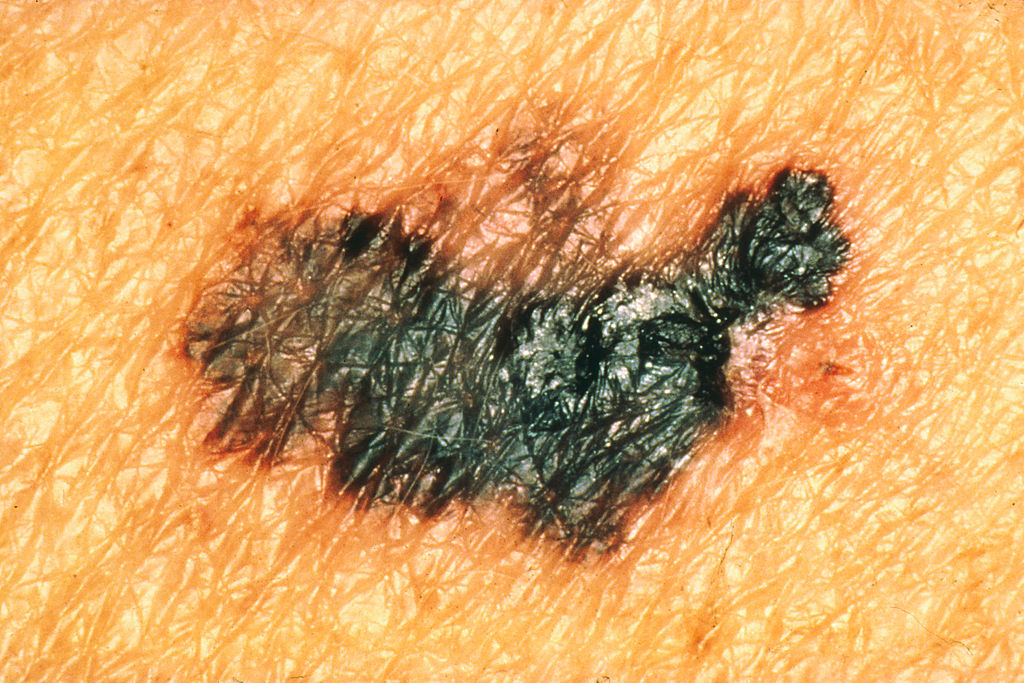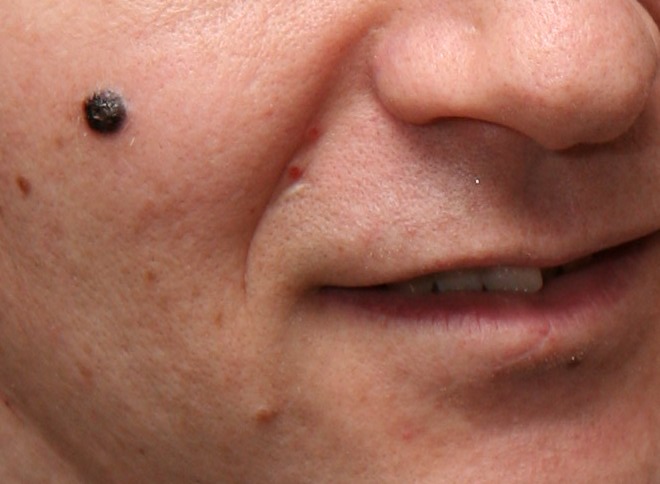How to Tell if a Mole is Cancerous

By:
According to The Skin Cancer Foundation, by the time 2016 ends approximately 10,130 people in the United States will have died of melanoma.
Exposure to the sun without proper protection is a major cause of skin cancer, and you're not immune just because it's winter. Especially if you snowboard or ski, it's worth remembering the sun can be even brighter when bouncing off pure white snow.
 Barney Moss/Flickr - flic.kr
Barney Moss/Flickr - flic.kr
Perry Robins, president of The Skin Cancer Foundation, notes "it's easy to associate winter with frostbite and windburn, but most people are unaware that UV rays can be every bit as damaging on the slopes as on the beach."
 photophilde/Flickr - flic.kr
photophilde/Flickr - flic.kr
Melanoma
 National Cancer Institute/Wikimedia Commons - wikimedia.org
National Cancer Institute/Wikimedia Commons - wikimedia.org
Melanoma is a type of skin cancer that, according to the Mayo Clinic, develops in the cells that produce the pigment in one's skin (or melanin, hence the name). How do you know if the dark spot on your body is a regular mole, or if it's a sign of something more serious?
The signs
We got some advice from David Peng, MD, MPH, Department of Dermatology at the Keck School of Medicine of the University of Southern California.
First, "the best thing to do if you are suspicious about a mole is to just have a dermatologist take a look," Dr. Peng said. "We are trained to identify moles that may be indications of skin cancer."
 Skincareaus/Wikimedia Commons - wikimedia.org
Skincareaus/Wikimedia Commons - wikimedia.org
But if you're looking to soothe your fears until your appointment, you can use the ABCDE method to help identify what is a cancerous mole and what isn't.
ABCDE
"The easiest way to tell if a mole is cancerous is to use the criteria set forth by the American Academy of Dermatology," Dr. Peng said, "which is easy to remember by using 'ABCDE.'" He explained:
"A is for asymmetry, meaning one side of the mole is different from the other." (For example, if you were to imagine a line drawn across your mole, it should be even on both sides, the Skin Cancer Foundation says.)
"B is for border irregularity, meaning the edges of the mole are jagged.
C stands for color variation. This could mean that the mole is different shades of the same color, but also that it has other irregular colors like blacks, blues, reds and whites.
D is for diameter — a mole may be cancerous if it has a diameter larger than 6 mm or if the diameter is changing.
That brings us to E for evolving, meaning the mole evolves in any way."
And here's another quick tip
"A mole can also be suspicious if it is an 'ugly duckling,'" Dr. Peng said, meaning "it does not look like other moles on your body."
 0x6adb015/Wikimedia Commons - wikimedia.org
0x6adb015/Wikimedia Commons - wikimedia.org
But it's important to keep in mind that these are only quick and imperfect tests. "A mole can meet all five of the ABCDE criteria and not be dangerous. It could also meet none of the criteria and be problematic," Dr. Peng cautioned. "So if you have any worries, let your dermatologist know."
